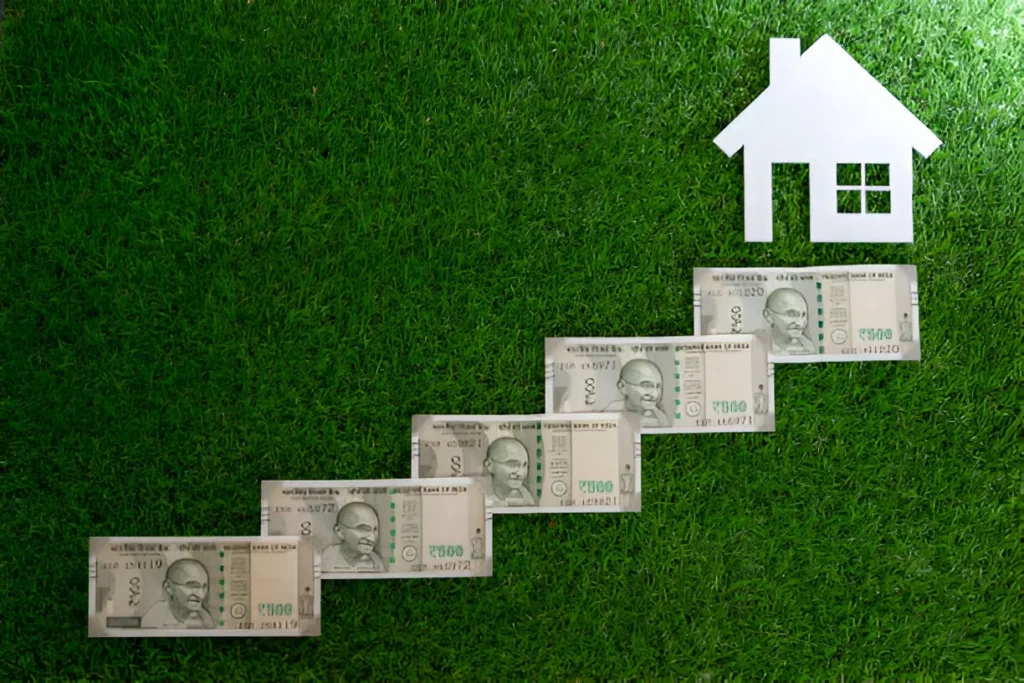Housing is one of the fundamental needs for every individual, and having a secure roof over one’s head is a key aspect of social dignity and economic stability. Recognizing this, the Government of India launched the Pradhan Mantri Awas Yojana (PMAY), an ambitious housing scheme aimed at providing affordable, pucca houses to all eligible Indian citizens by the year 2026. With its vision of “Housing for All,” PMAY has transformed the housing landscape of the country, targeting the Economically Weaker Sections (EWS), Low Income Groups (LIG), and other underserved communities.
This article provides an in-depth overview of PM Awas Yojana 2026—its objectives, eligibility criteria, benefits, progress so far, and how it continues to empower millions of Indians on the path to homeownership.
What is PM Awas Yojana?
Pradhan Mantri PM Awas Yojana 2026 is a flagship housing scheme initiated by the Government of India in 2015 under the Ministry of Housing and Urban Affairs (MoHUA). The primary objective of PMAY is to ensure affordable housing with basic amenities to all urban and rural poor families by 2026. The scheme is divided into two major components:
- PMAY-Urban (PMAY-U): Focuses on urban areas targeting slum dwellers, EWS, LIG, and Middle Income Groups (MIG).
- PMAY-Gramin (PMAY-G): Also known as the rural housing scheme, it aims at providing housing in rural areas for people living in kutcha houses or without proper shelter.
Objectives of PM Awas Yojana 2026
The scheme is designed with multiple objectives, including:
- Housing for All by 2026: Construction of around 2 crore houses in urban and rural areas.
- Inclusive Development: Focus on EWS and LIG categories to reduce housing inequality.
- Women Empowerment: Mandating ownership or co-ownership of houses in the name of women.
- Affordable Housing: Provide subsidies and financial assistance to make housing affordable.
- Urban Renewal: Slum rehabilitation through public-private partnerships.
- Sustainable and Safe Housing: Promote eco-friendly and disaster-resilient housing technologies.
Eligibility Criteria
PMAY has clearly defined eligibility guidelines to ensure the benefits reach the right beneficiaries.
Income Groups
The scheme primarily targets the following income categories:
| Category | Annual Household Income Limit |
| Economically Weaker Section (EWS) | Up to ₹3 lakh |
| Low Income Group (LIG) | ₹3 lakh to ₹6 lakh |
| Middle Income Group I (MIG-I) | ₹6 lakh to ₹12 lakh |
| Middle Income Group II (MIG-II) | ₹12 lakh to ₹18 lakh |
Other Conditions
- Beneficiaries should not own a pucca house either in their name or in the name of any family member.
- The property should be in an area covered under the scheme.
- Preference is given to women applicants, differently-abled persons, and senior citizens.
Benefits of PM Awas Yojana 2026
1. Interest Subsidy on Home Loans
One of the most attractive benefits is the Credit Linked Subsidy Scheme (CLSS), which provides an interest subsidy on home loans. Depending on income category, beneficiaries can get an interest subsidy ranging from 3% to 6.5%, making home loans more affordable.
2. Direct Financial Assistance
Under PMAY-G, rural beneficiaries receive direct financial assistance for constructing houses with essential amenities like toilets, clean drinking water, and electricity.
3. Affordable Housing Projects
The scheme incentivizes private developers to build affordable housing projects through benefits like exemption from certain taxes and faster approvals.
4. Slum Rehabilitation
PMAY-U promotes slum rehabilitation by partnering with private developers to redevelop slums and provide free housing to eligible slum dwellers.
5. Women Ownership
To encourage women’s financial independence, at least one female member must be included as owner/co-owner in the property papers.
Application Process
Urban Beneficiaries
- Apply online on the official PMAY website or at common service centers.
- Submit relevant documents such as Aadhaar, income certificate, and identity proof.
- For home loans, approach a participating bank and avail of CLSS benefits.
Rural Beneficiaries
- Application can be made through local government offices, Gram Panchayats, or online portals.
- Eligibility verification is done by authorities before sanctioning funds.
Progress and Achievements
Since its launch, PMAY has made significant strides:
- Over 1.8 crore houses sanctioned under the scheme across urban and rural India.
- More than 1.4 crore houses completed and delivered to beneficiaries.
- Nearly 45 lakh home loans sanctioned under CLSS.
- Slum rehabilitation has benefited millions, transforming urban landscapes.
- Increased participation of women in home ownership.
- Adoption of green and disaster-resistant technologies in housing construction.
Challenges and Road Ahead
Despite remarkable progress, PMAY faces challenges like:
- Land acquisition: Urban land scarcity slows housing projects.
- Infrastructure gaps: Delay in utilities like water and electricity.
- Loan accessibility: Many eligible beneficiaries find it hard to access formal loans.
- Quality control: Ensuring construction standards at scale.
- Awareness: Some sections remain unaware of benefits and application procedures.
The government is actively working to overcome these through digital monitoring, public-private partnerships, skill development, and awareness campaigns.
Conclusion
The PM Awas Yojana 2026 represents a landmark initiative in India’s social welfare and urban development journey. By addressing the critical need for affordable housing, it promises improved quality of life, economic upliftment, and social security for millions of Indians.
As India approaches the 2026 deadline, the continued momentum of PMAY will be crucial to achieving the vision of “Housing for All.” Whether urban or rural, economically weaker or low-income families, PMAY is the government’s commitment to turning the dream of a secure home into reality.
For eligible citizens, this scheme not only offers a chance to own a home but also ensures they live with dignity and hope for a better future.
